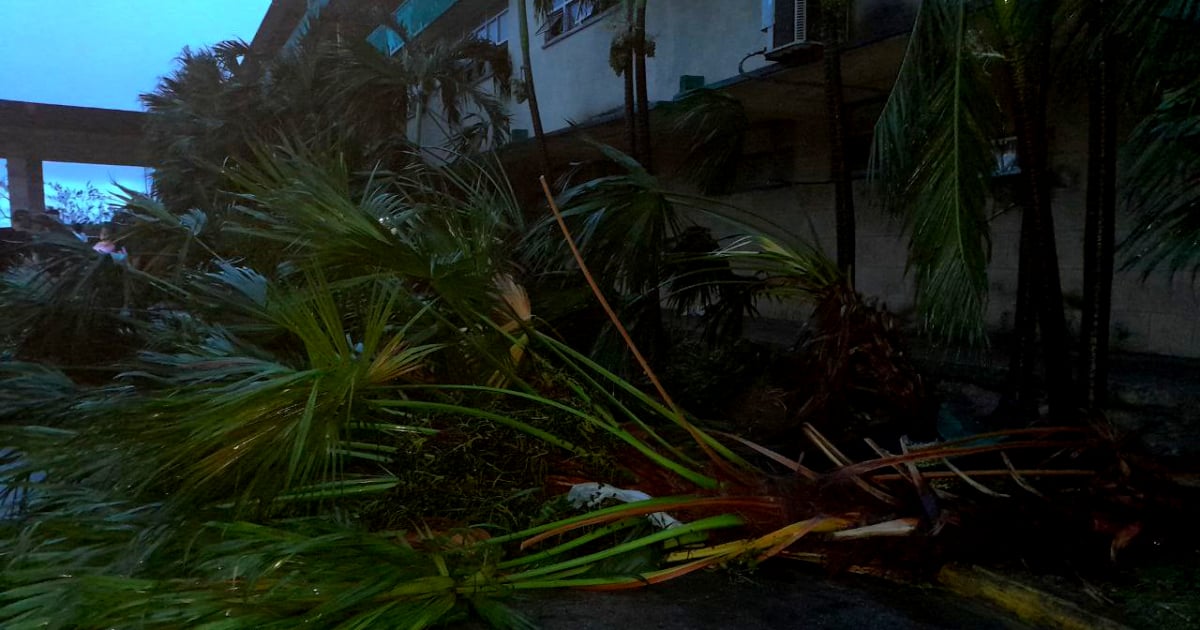
Tropical Storm Rafael is expected to intensify in the coming hours and is likely to reach Cuba as a hurricane, a situation that raises further concerns among Cubans about the vulnerability of the national electrical system (SEN).
The fragile and inadequate service restored after the recent total collapse of the National Electric System is once again facing threats from weather factors such as hurricane-force winds and rain, which could jeopardize the country's electrical infrastructure.
As Rafael moves towards the western part of Cuba and continues to strengthen, fear is growing among the population of a repeat of what happened with Hurricane Oscar, which made landfall during the major blackout that lasted over three days, leaving the vast majority of people without electricity, television, and internet, barely connected by radio.
For this Tuesday, the Electric Union of Cuba (UNE) forecasted "a supply of 1,730 MW and a maximum demand of 3,100 MW, resulting in a deficit of 1,370 MW. If the expected conditions persist, an impact of 1,440 MW is anticipated during this period, with a greater effect in the central-eastern region."
Cuba is awaiting Rafael's arrival with an electricity supply that barely meets half of the country's demand, and this situation is more pronounced in the eastern region.
With an eye on the weather phenomenon, concerns grow regarding what may happen to the country's main thermoelectric plant, the Antonio Guiteras in Matanzas, upon which the precarious national electrical grid depends.
In this context, four thermal power generation units are currently "out of service" (unit 5 of the Mariel Thermal Power Plant, unit 5 of the Nuevitas Thermal Power Plant, unit 2 of the Felton Thermal Power Plant, and unit 3 of the Rente Thermal Power Plant).
Additionally, four other units are undergoing maintenance (unit 2 of the CTE Santa Cruz, unit 3 of the CTE Cienfuegos, unit 1 of the CTE Felton, and unit 5 of the CTE Renté).
The day before, “the maximum impact due to generation capacity deficit was 1,449 MW at 6:30 PM, coinciding with peak hours, which exceeded the planned demand forecasts,” according to a report on social media from UNE.
“Seventy-six distributed generation plants with 376 MW, nine engines in the Melones module with 150 MW, and the Santiago de Cuba module with 64 MW are out of service due to fuel issues, totaling 590 MW,” reported the state-owned company led by Alfredo López Valdés.
The lack of fuel for those generators persists in the UNE report, despite what was stated by the Minister of Energy and Mines, Vicente de la O Levy, that the trucks are supplied with fuel.
Interviewed in late October by state-run media, the head of MINEM explained that there is "a complicated logistical situation that we are resolving," and assured that the country had fuel, but that the arrival of hydrocarbons had become complicated due to "the state of the sea," which had "prevented the docking of the vessels transporting them."
What do you think?
COMMENTFiled under: